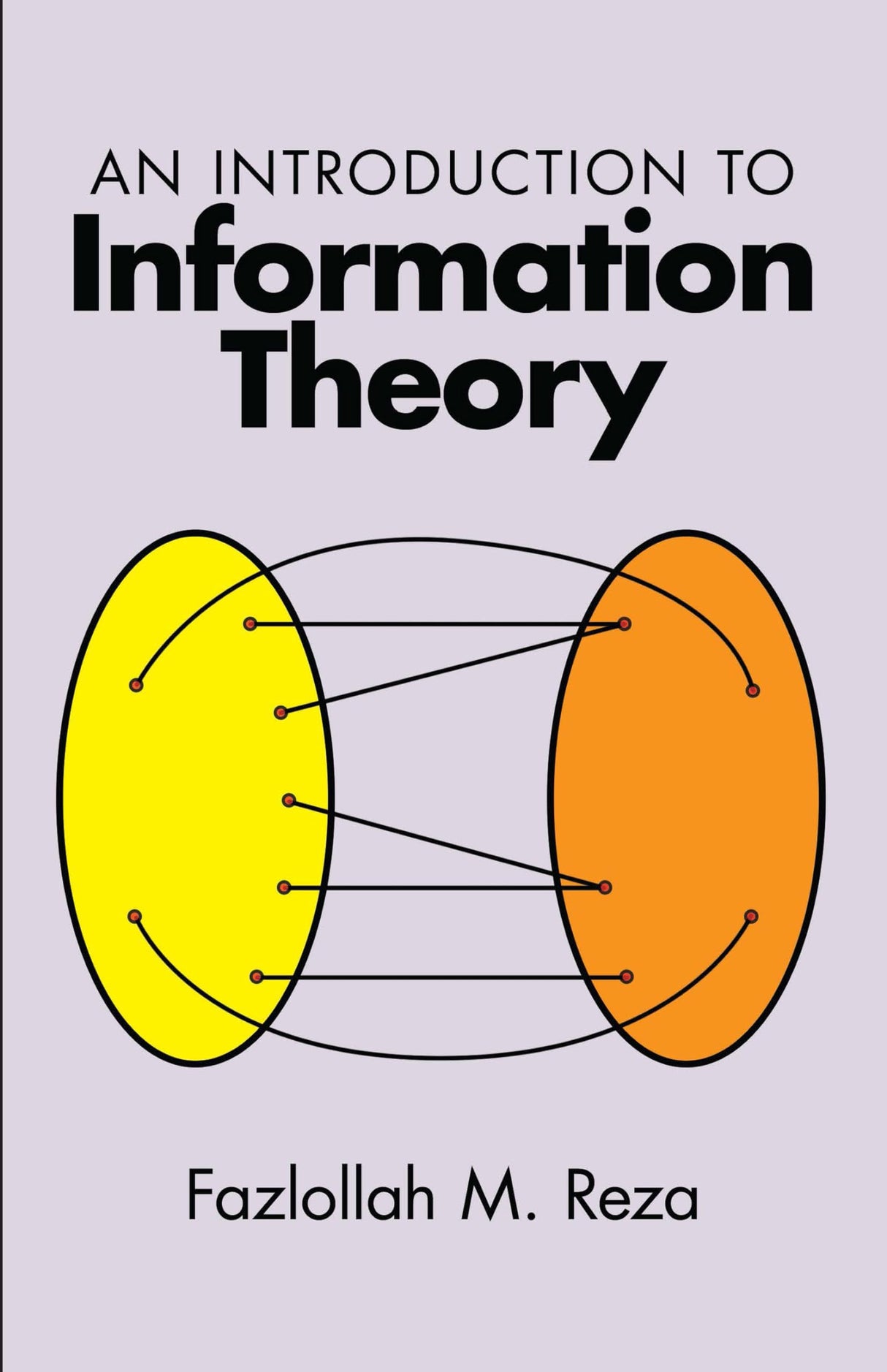An Introduction to Information Theory: 15 (Dover Books on Mathematics)
An Introduction to Information Theory: 15 (Dover Books on Mathematics) is backordered and will ship as soon as it is back in stock.
Couldn't load pickup availability
Genuine Products Guarantee
Genuine Products Guarantee
We guarantee 100% genuine products, and if proven otherwise, we will compensate you with 10 times the product's cost.
Delivery and Shipping
Delivery and Shipping
Products are generally ready for dispatch within 1 day and typically reach you in 3 to 5 days.
Book Details
-
Author: Fazlollah M. Reza
-
Brand: Dover
-
Edition: New
-
Binding: Paperback
-
Number of Pages: 528
-
Release Date: 17-03-2003
-
ISBN: 9780486682105
-
Languages: English
-
Package Dimensions: 8.5 x 5.5 x 1.1 inches
About The Book
Introduction to Probability, Information, and Coding Theory by Fazlollah M. Reza is written specifically for an engineering audience, offering a comprehensive introduction to key concepts in probability, information theory, and coding theory. The book is structured to build up the reader's understanding, starting from basic set theory to more advanced topics like stochastic processes and coding techniques.
The book serves a threefold purpose:
-
Presenting the essential elements of modern probability theory, including discrete, continuous, and stochastic processes.
-
Introducing information theory, highlighting its foundational roots in probability theory.
-
Providing an introduction to coding theory and its practical applications.
The content is aimed at readers with a basic undergraduate knowledge of mathematics. No prior in-depth study of probability is required, making it accessible to those new to the field.
This book is divided into four main parts:
-
Memoryless discrete themes
-
Memoryless continuum
-
Schemes with memory
-
Recent developments in the field
With extensive bibliographies and reference tables, this book is an excellent resource for students in engineering or related fields who want to deepen their understanding of statistical theory and communication systems.





